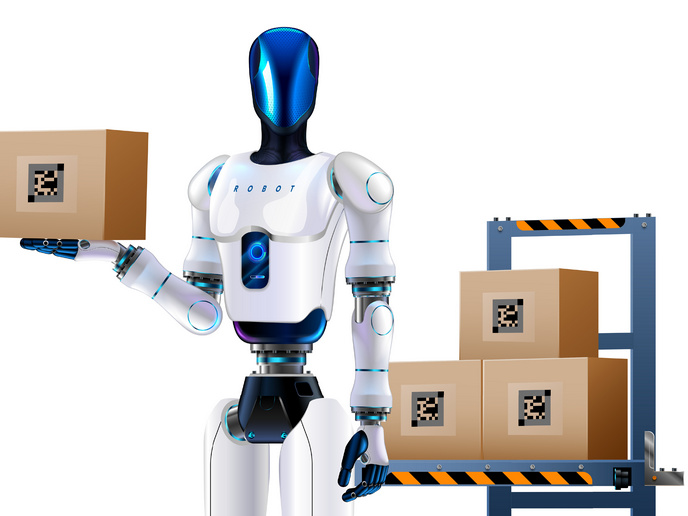How labour conditions impact automation, and vice versa
If automation and the labour market had Facebook pages, their relationship would be listed as ‘it’s complicated’. “On the one hand, the automation of certain tasks may reduce the wages and employment opportunities for those workers who used to perform these tasks,” says David Hémous(opens in new window), an economist at the University of Zurich(opens in new window). “But on the other hand, higher labour costs or scarcity often incentivises automation.” Helping to make sense of this complicated relationship is the EU-funded AUTOMATION project. “Our goal was to determine how an increase in wages leads to an increase in automation, and how this can then lead to a decrease in employment,” adds Hémous, who serves as the project coordinator.
How labour market conditions impact automation innovation
To study the effect labour market conditions have on automation, the European Research Council(opens in new window) supported project classified patents as being either automation or non-automation related. This classification allowed the researchers to distinguish between an innovation that aims to reduce labour versus one that has other aims, such as reducing energy use. Next, the project studied the behaviour of those firms that produce equipment for other firms. “Our hypothesis was that an increase in labour costs for downstream customers will increase the demand for automating machines, thus shifting the direction of innovation towards more automation,” explains Hémous. To account for the causal effect that an increase in labour costs has on automation, researchers measured how much more innovating firms increase patenting in automation technologies following a labour cost increase in their export market.
Automation and its impact on labour markets
Researchers then used their patent classification to study the effect automation has on labour markets. “We found that industries that use a lot of automation technologies also tend to use a lot of non-automation technologies, so studying the effect of the former without controlling for the latter leads to a bias in the estimates,” adds Hémous. To account for this, the project looked at the effect automation and non-automation innovation have on employment in the United States, at both the industry and the local labour market levels.
Labour costs have a big impact on automation
Based on this work, the project found that labour costs have a significant impact on automation. Specifically, a 1 % increase in low-skill labour costs leads to a 2–4 % increase in automation patents. “In contrast, we found a negative effect for high-skill labour costs, presumably because the automation technologies that we investigated tend to complement high-skill labour,” notes Hémous. “We also found that labour costs have no effect on non-automation machinery innovations.” The project further found that those manufacturing industries which are more exposed to automation see a decrease in employment relative to industries less exposed to automation, while industries more exposed to non-automation innovation see a relative increase in employment.
Driving smart decision-making
According to Hémous, these findings could have important policy implications, especially as politicians look to correct automation-related inequalities by, for example, raising minimum wages. “Our research shows that an increase in minimum wage leads to an increase in automation, fuelling the very technological trend that led to more inequality in the first place,” he concludes.







